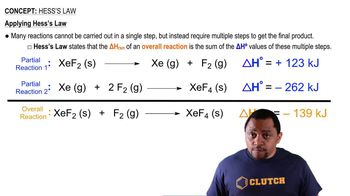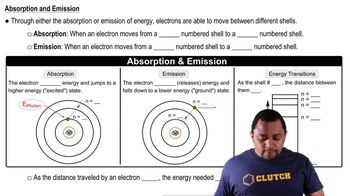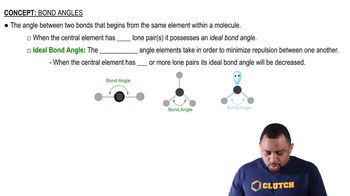Textbook Question
An X-ray beam with λ = 154 pm incident on the surface of a crystal produced a maximum reflection at an angle of θ = 28.3°. Assuming n = 1, calculate the separation between layers of atoms in the crystal.

 Verified step by step guidance
Verified step by step guidance


An X-ray beam with λ = 154 pm incident on the surface of a crystal produced a maximum reflection at an angle of θ = 28.3°. Assuming n = 1, calculate the separation between layers of atoms in the crystal.
Determine the number of atoms per unit cell for each metal.
(a) Polonium
Determine the number of atoms per unit cell for each metal.
(b) Tungsten
Determine the number of atoms per unit cell for each metal.
(c) Nickel